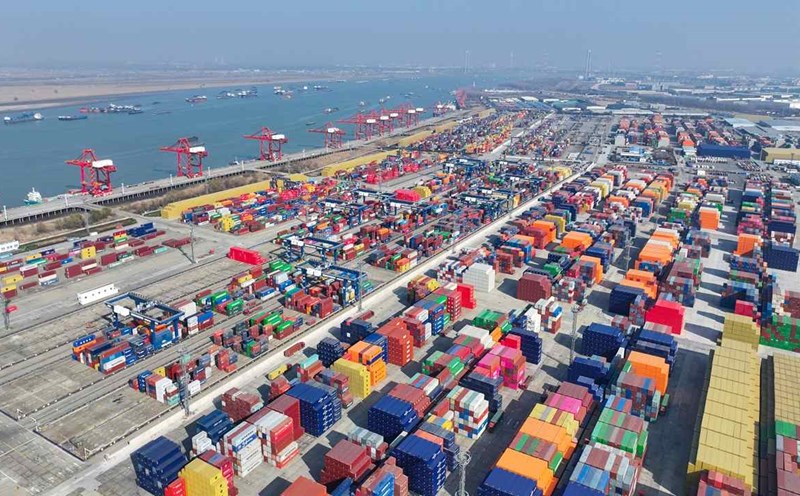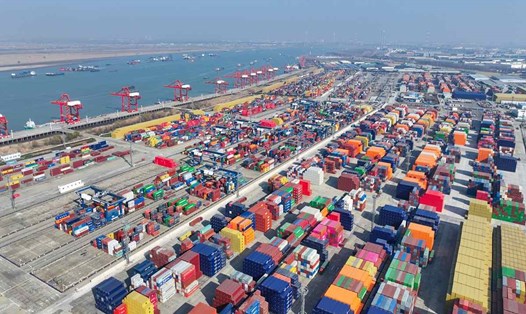Just a few minutes after the US added 10% to Chinese goods, Beijing immediately counterattacked with a series of strong measures, from antitrust investigation against Google to additional tariffs to many key US exports.
According to the Financial Times, China has officially imposed retaliation for about 14 billion USD from US goods from 0:00 am on 10.2 in Beijing time. The new list of taxes includes a 15% tax rate for coal, liquefied natural gas (LNG) and 10% for crude oil, agricultural equipment, trucks and large engine vehicles.
The move took place shortly after President Donald Trump's administration deployed a 10% additional tax package for all Chinese goods, opening a new wave of trade tensions.
Different from the comprehensive US approach, China chose a strategy to target key US export industries to put pressure on upcoming negotiations. However, up to the deadline of 9.2, the two sides have not reached any agreement.
In addition to tariffs, Beijing also announced an anti -monopoly investigation against Google, accusing the American technology giant in violation of China's competition law. This move was considered by observers as part of Beijing's tough response.
US President Donald Trump announced that he would continue to apply "reciprocal tariffs" to other countries, expanding the scope of the trade war. Meanwhile, Chinese experts are concerned that the situation can escalate into a comprehensive battle, seriously affecting global trade.
"This may only be the beginning of a new tension period," said Financial Times quoted Zhang Yanshen, a specialist at the China International Economic Exchange Center.
In addition to trade, the US-China relationship is also affected by other geopolitical issues such as the Ukrainian war. Washington has repeatedly accused Beijing of supporting Russia, while China has rejected and affirmed its stance on neutrality.
In the context of the two largest economies in the world continues to "eat tat", the future of US -China trade relations is becoming more and more unpredictable.











